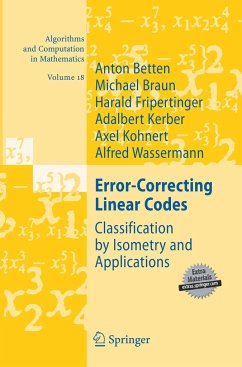This book discusses various methods to correct for the influence of a covariate on a response variable. First, the use of ratios is dismissed with the reasons for its inappropriateness and some references. The rest of the book compares ANOVA on residuals and ANCOVA. It is demonstrated that ANOVA on residuals is only appropriate when the regression lines are parallel and covariate means are equal for all treatments. The assumptions of normality and HOV, sample size, and clustering of the covariates are manipulated in the simulations. Both methods exhibited similar size and power when error terms have symmetric distributions with variances having the same functional form for each treatment, and covariates have uniform distributions within the same interval for each treatment. ANOVA on residuals is severely affected by the clustering of the covariates relative to the treatment factors, when covariate means are very different for treatments. For data clusters, ANCOVA method exhibits the appropriate level and hence is recommended provided such a clustering is not a result of strong dependence between the covariates and the treatment factors.







